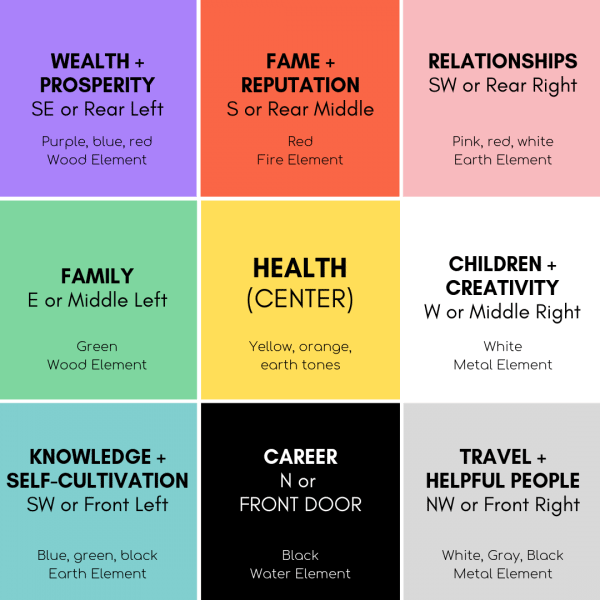A beginner’s guide to a feng shui home
Interior design trends come and go, but feng shui is one concept that has stood the test of time.
Stemming from ancient Chinese wisdom, it is a philosophy which at its core, seeks to find balance and harmony between elements. It has been used across centuries and cultures, aiming to create positive energy flow by placing emphasis on health, success and relationships. And with Chinese New Year – the Year of the Tiger – upon us it’s the perfect time to explore feng shui. Let’s go through the basics.
Tip #1: Master the elements
It’s important to understand that feng shui is based on five elements. Each is a symbol for something different – wood (growth and vitality), metal (logic and intelligence), earth (stability and balance), water (wisdom and serenity), and fire (passion and energy). These elements should be balanced within a space by incorporating each in its own way. For example, wood can be brought in through furniture pieces and metal may be brought in using sculptures or frames.
Tip #2: Use an Energy Map
The Bagua Map or Energy Map is the most common tool in feng shui home design. It’s made up of nine quadrants – Career, Children, Fame, Family, Health, Helpful People, Love, Wealth and Wisdom. This map can be placed over a floor plan to determine the best layout for balancing different kinds of energy within the home. There are methods for overlaying this onto a multi-levelled house too, so keep this in mind if you have a two-storey home.

Image via AstroStyle.com
Tip #3: Practice gratitude
Feng shui dictates that everything is alive, including your spaces. So, the same life energy that animates you also flows through your home. If you’re not already grateful for your home and shelter, well, maybe now is the time to start! When designing and living in your home, say thanks to it every once in a while. After all, it keeps you dry and warm through night and day, so it can’t hurt to stop to appreciate that every now and again. According to feng shui teachers, expressing gratitude increases positive energy and feng shui.
Let’s get practical
Now we’ve got the basics down, feng shui can be most easily applied in the context of your own home with some styling.
- Keep the entry of your home inviting and clear of clutter – this enables you to focus and declutter your mind.
- Artworks can have a powerful effect on a home’s energy, so choose motifs and images that are happy and calming with organic shapes.
- In feng shui, dark spaces represent areas of neglect in certain aspects of your life, so let as much natural light in as possible and use lamps and candles to brighten dark spots.